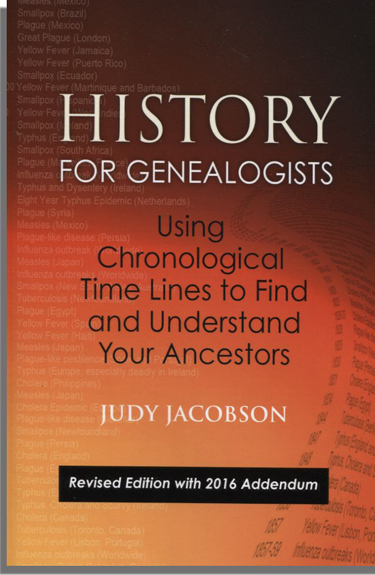A few years after I began my genealogy journey, I used my local library's access to the New York Times historical database to research my parents and grandparents. Since many ancestors lived and worked in the New York City area, I expected to find mainly birth/marriage/death notices and an occasional mention of a business or a graduation.
What a jolt to find a news item about an armed robbery spree on the night of December 16, 1937. The first store robbed was owned by my grandpa, Theodore Schwartz (1887-1965). Here's what the reporter wrote:
Band Robs 3 Stores; three armed men get $300 in series of Bronx raids
Three armed men within an hour and a half held up three storekeepers in the Bronx last night and escaped with $300. About 9:30 o'clock they entered the grocery store of Theodore Schwartz at 679 Fox Street, hit him on the head with a pistol butt when he resisted, and took $50. Half an hour later, they went into the grocery store of Louise Lepperman at 422 Jackson Avenue and hit him with a pistol, but left quickly when his wife screamed from a back room. In another half an hour, they forced Leonard Gaglio and his brother, Milton, liquor dealers at 1012 Morris Park Avenue, into a back room and took $250.
Yikes, this was during the Depression when money as scarce and store owners sweated over every penny. The $50 stolen from Grandpa Teddy 86 years ago would be worth about $1,000 in 2023. Poor Grandpa had to go home and give Grandma the terrible news--it must have been an awful scene. Let me add that in 1937, the Bronx was not a high-crime area, but shopkeepers who stayed open late were a tempting target for sure.
Grandpa Teddy and Grandma Minnie (Hermina Farkas Schwartz, 1888-1964) owned and operated a small dairy store for about 40 years, changing locations a couple of times and finally selling and retiring in 1955. No news coverage of all the years of routine drudgery, opening the store early and closing it late six or seven days a week, standing on their feet for hours, trying to cover all the bills.
Using the wonderful photo enhancement tools at MyHeritage, I brought Grandpa and his store to life in a way that recalls his usual good humor, not the terror of being robbed at gunpoint. Of course I'm telling Grandpa's story of being "in the news" in my latest Farkas/Schwartz family history photo book.
"In the news" is this week's 52 Ancestors genealogy challenge from Amy Johnson Crow.


























